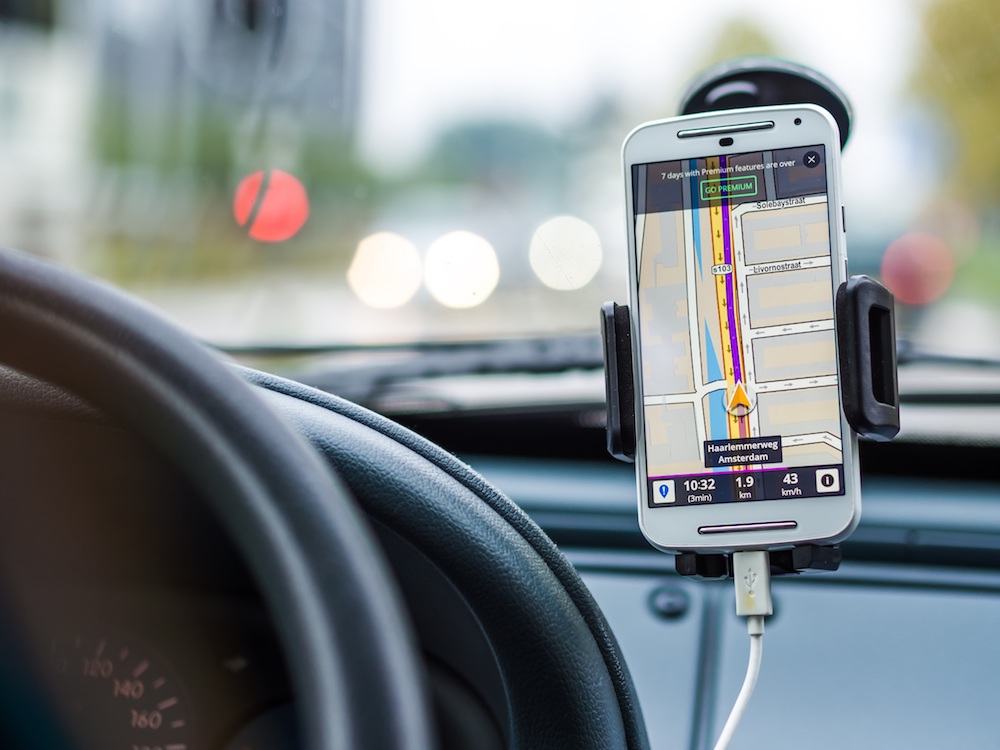The collection of location data, combined with widespread adoption of smartphones has given rise to a new type of marketing – drive-to-store. The idea is to lure targeted customers into stores, whatever their location and means of transport. And this is a major digital strategy, considering that more than 90% of purchases are still made in brick-and-mortar stores, according to a survey by the US Census Bureau.

Despite the rise of e-commerce, which currently accounts for 9.1% of all purchases, customers still prefer brick-and-mortar stores. This explains why digital commerce giants are setting up chains of shops to reinforce their brands. With the explosion of location analytics and the increase in drive-to-store and web-to-store strategies, the line between digital and physical is becoming increasingly blurred.
Retailers are now investing in mobile technologies to boost in-store sales
Collecting location data and measuring in-store traffic allows them to implement targeted actions and analyse them in real-time. “The real asset of drive-to-store is that you can measure the impact of an advertising campaign on in-store traffic and sales. Up until 2017, the technologies available enabled you to analyse actions after a campaign was launched. But 2018 will see the advent of real-time measuring tools,” explained Nicolas Rieul, VP Strategy EMEA for S4M to LSA magazine. Retailers will thus be able to assess the Return on Investment of digital marketing campaigns immediately, even more so with the rise in contactless mobile payment systems.

Drive-to-store increases brand engagement
Yet despite the digital explosion, in 2030, 50% of consumers will continue to buy in-store. According to a 2016 report conducted by Kantar TNS for Comarch, drive-to-store will continue to draw customers into physical stores. 50% of respondents said they appreciated getting personalised offers on their mobile, 50% said they would go back to a store as a result of a positive purchasing experience and 20% thought that individual offers and personalised rewards were the keys to customer loyalty.
Millennials and digital marketing
Whilst 52% of French consumers say they would use on-line reduction vouchers, unsurprisingly it’s the younger generations who are more susceptible to digital marketing and drive-to-store strategies. Millennials (21-34-year-olds) and Z generation (15-20-year-olds) are three times more likely to use digital solutions to buy food than over 50’s and 1.5 times more likely than 35-49-year-olds. Meanwhile, 43% of respondents of all age groups said that digital made for an easier shopping experience for everyday products. (Survey by Nielsen Catalina July 2016).
Sources : LSA
















